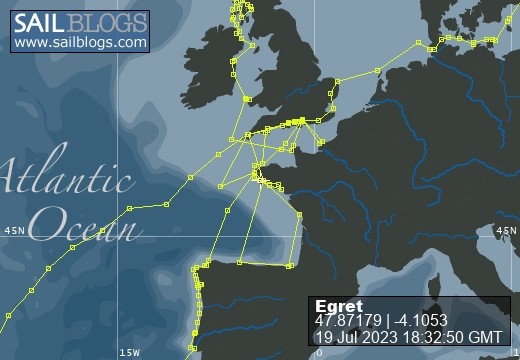
Egret
09 August 2022 | Picture: The Sunk Inner Light Vessel in the Thames Estuary
03 August 2022 | Egret at the Royal Norfolk and Suffolk Yacht Club, Lowestoft
23 July 2022 | Picture: One of the smaller locks at Holtenau
20 July 2022 | Picture: Patrick reminiscing with Juergen at Rostock
11 July 2022 | Picture: Egret at Stralsund, with the barque Gorch Fock beyond
04 July 2022 | Picture: Amanda on Bornholm
01 July 2022 | Picture: Kristianopol, with Egret at far right
26 June 2022 | Ernemar
19 September 2020 | Picture: Egret being lifted out at Ernemar, Sweden
08 September 2020 | Chart: our route from Mem into the Tjust Archipelago
01 September 2020 | Picture: the Carl Johans flight of seven locks
29 August 2020 | Picture: Egret (by G. Einefors)
27 August 2020 | Picture: Egret at Vadstena Castle
25 August 2020 | Picture: Norrkvarn Lock
23 August 2020 | Picture: Egret crossing Lake Vänern
19 August 2020 | Picture: Inside the lowest Trollhatte lock
17 August 2020 | Picture: The Gota Alv Bron in Gothenburg
16 August 2020 | Picture: the GKSS, Langedrag
13 August 2020 | Picture: Egret alongside (left) at Fisketangen
10 August 2019
126. Animal Magic
17 March 2015
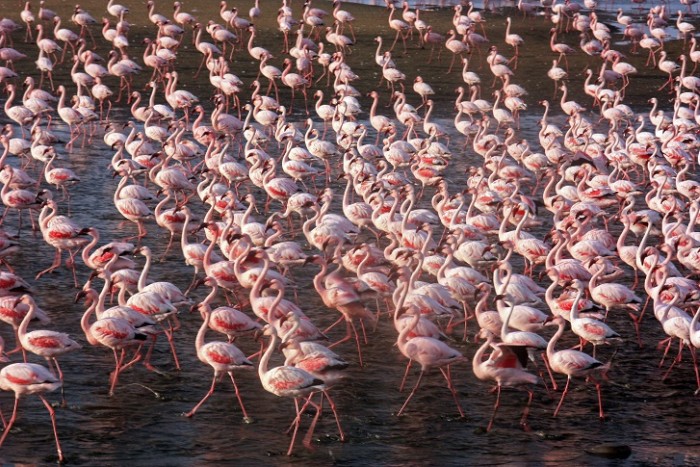
There is plenty of wildlife in Walvis Bay. As we passed inside the long sandy spit that protects the bay from the ocean on our way to the anchorage, we had seen masses of black blobs above the tide line, which when viewed through binoculars were clearly seals - hundreds of them. Once we were near the yacht club, a few almost tame ones would pop their head up right alongside and stare at us quizzically; and a couple seemed to live on the stern platforms of moored charter catamarans. Occasionally we saw a few orcas swimming towards the shallow waters of the lagoon beyond us. Walking along the promenade between the club-house and the spit, we would pass a few old world white pelicans on the foreshore of the lagoon. But what most impressed us was the mass of pink further on, where many thousands of greater and lesser flamingos inhabit the shallow waters. Some were puddling the mud with their feet while turning in a tight circle, many had their head under water searching for food, whilst others were doing nothing but standing on one leg. With dozens of other species of birds, the lagoon is regarded as one of the most important wetland areas in Africa.
At the top of our wish list for Namibia was a visit to the Etosha National Park. We picked up a hire car and, after a 400 mile drive, we arrived in the late afternoon at a camp just outside the Anderson Gate. Our first night's accommodation was a so-called 'luxury tent', but it had seen better days. However, we enjoyed preparing supper on the braii and eating it as the sun went down, leaving us at peace in the jungle. People had told us that there would be no point in going to Etosha during the rainy season because the animals would be roaming in remote areas, not needing to visit the waterholes that are accessible by public roads. However, we had no choice of timing and were determined to come and see whatever we could see. At least there would be fewer people about!
Within minutes of entering the park we saw a gnu ("how do you do?") beside the road, which raised our hopes of seeing "herds of wildebeest sweeping majestically across the plain". Over the course of two and a half days exploring the g'network of gravel roads, we saw lots and lots of animals. Antelopes, which roam the park in their hundreds, are by far the most common of the larger mammals. Apart from the shaggy gnus (blue wildebeest), there were lively springboks, black-faced impalas, kudus with corkscrew-shaped horns, oryxes (or gemsboks) with very long horns, and handsome red hartebeests. In the middle of the day we would often see a dozen or two antelopes standing or lying in the shade of a single big tree. No wide open vista would be complete without a dazzle of zebras, but giraffes were rarer, just a few groups of four or five standing like dockyard cranes above the horizon or mysteriously emerging from behind a clump of trees. The smaller mammals were just as exciting. Black-backed jackals have a deceptively friendly face, cape foxes are rather cuter versions of our own, but spotted hyaenas look decidedly sinister. We saw some banded mongooses scurrying warily from shrub to shrub, whereas the meerkats stood up on their hind legs confidently staring at us from the side of the road.
The landscape varies across the 9,000 square miles of Etosha Park. Grassvelt plains stretch as far as the eye can see, spiked by a few lone trees; and there are areas of open savannah, mixed bushvelt and woodland. Mysterious Moringa 'ghost trees' grow in a few places such as the Sprokieswood Forest. They have a thick whitish trunk with very sparse crown, but delicate light green leaves and small white flowers appear in the rainy season. Legend has it that they've been planted upside down. A defining feature of the Park is the Etosha Pan, which is a flat, silted up lake covering 1,800 square miles. The surrounding banks look like a shoreline at low tide and the mirage caused by the searing heat appears to be water in the far distance, but for most of the year it is completely dry. On just a few days during the rainy season it is filled by ephemeral rivers, bringing life to the creatures and algae within the silt. This phenomenon attracts thousands of flamingos, but no one could tell us where they come from and how they know the floodwaters have arrived. (Do the flocks in Walvis Bay send up regular scouting forays, for instance?) Dark clouds brought a few brief thunderstorms and showers, but this year the heavy rains were late arriving, the pan was still dry and not a living creature could be seen on it.
We made a point of seeking out the natural and man-made waterholes, some of which were dry but others were beautiful oases surrounded by lush vegetation. There would invariably be some antelopes around the edge and waterfowl in the middle, and hopefully something more special. The Halali Camp, where we were staying, has its own flood-lit waterhole that we visited just before sunset. In hushed silence, we sat with excited anticipation and a can of beer waiting for the animals to appear. There seemed to be some movement within the pond, and gradually a dozen terrapins emerged onto some boulders and started mating! We thought that was it, but as we got up to leave a couple of jackals strolled up for a drink. On our second evening we saw nothing, but we were told that a rhino appeared while we were in the restaurant eating kudu steaks for supper.
In some ways, certainly in terms of variety, the birds are the stars of the Park. We would sometimes see dark shapes in the distance and assume they were zebras, but through the binoculars we would realise that each had only two legs. They must be ostriches, looking like plump ballerinas in untidy tutus gathered for a gossip. Secretary birds stood in their neat black and white trouser suits, ready to take dictation perhaps from tall and distinguished Mr. Kori Bustard. A martial eagle looked down from a high branch ready to seize the moment - apparently one can kill a small antelope with its talons. Large flocks of abdim's storks gathered around a waterhole: filling the air in clouds, descending in unison to the water's edge, and in the evening standing still with wings outspread to absorb the rays of the dying sun. Also in large numbers, the aptly named sociable weaver birds build communal haystack-like homes suspended from the branches of large trees. Among many other birds that we saw, we particularly liked the three varieties of hornbills, including the southern yellow-billed, known locally as the 'flying banana'! And finally, the prize for the most colourful bird goes to.... the lilac breasted roller.
"So, what about the 'big five'?" I hear you asking. Well, we were able to watch a family of elephants crossing a road and another group walking through a clearing in the forest. Before breakfast one morning we had to stop sharply on a bend to allow a black rhino to pass ahead, and later on we saw another walking through the undergrowth. Of buffaloes, there are none at Etosha. We peered into all the big trees but the leopards eluded us; however we did encounter a lion. We were revisiting a waterhole in the late afternoon where a group of impalas were drinking, and became aware of a lone lioness crouching low in the long grass preparing to pounce. Then it was seen by the impalas, and three of the braver ones boldly faced it, chattering, as if to say "Catch us if you can!" The lion, obviously put off, changed its stance and kept glancing at us and back into the woods, perhaps hoping for reinforcements. We waited a while, but the Park rules stated that we had to be back in camp before sunset. So we left nature to look after itself and drove away from the waterhole, satisfied that our trip to Etosha had been so worthwhile.
At the top of our wish list for Namibia was a visit to the Etosha National Park. We picked up a hire car and, after a 400 mile drive, we arrived in the late afternoon at a camp just outside the Anderson Gate. Our first night's accommodation was a so-called 'luxury tent', but it had seen better days. However, we enjoyed preparing supper on the braii and eating it as the sun went down, leaving us at peace in the jungle. People had told us that there would be no point in going to Etosha during the rainy season because the animals would be roaming in remote areas, not needing to visit the waterholes that are accessible by public roads. However, we had no choice of timing and were determined to come and see whatever we could see. At least there would be fewer people about!
Within minutes of entering the park we saw a gnu ("how do you do?") beside the road, which raised our hopes of seeing "herds of wildebeest sweeping majestically across the plain". Over the course of two and a half days exploring the g'network of gravel roads, we saw lots and lots of animals. Antelopes, which roam the park in their hundreds, are by far the most common of the larger mammals. Apart from the shaggy gnus (blue wildebeest), there were lively springboks, black-faced impalas, kudus with corkscrew-shaped horns, oryxes (or gemsboks) with very long horns, and handsome red hartebeests. In the middle of the day we would often see a dozen or two antelopes standing or lying in the shade of a single big tree. No wide open vista would be complete without a dazzle of zebras, but giraffes were rarer, just a few groups of four or five standing like dockyard cranes above the horizon or mysteriously emerging from behind a clump of trees. The smaller mammals were just as exciting. Black-backed jackals have a deceptively friendly face, cape foxes are rather cuter versions of our own, but spotted hyaenas look decidedly sinister. We saw some banded mongooses scurrying warily from shrub to shrub, whereas the meerkats stood up on their hind legs confidently staring at us from the side of the road.
The landscape varies across the 9,000 square miles of Etosha Park. Grassvelt plains stretch as far as the eye can see, spiked by a few lone trees; and there are areas of open savannah, mixed bushvelt and woodland. Mysterious Moringa 'ghost trees' grow in a few places such as the Sprokieswood Forest. They have a thick whitish trunk with very sparse crown, but delicate light green leaves and small white flowers appear in the rainy season. Legend has it that they've been planted upside down. A defining feature of the Park is the Etosha Pan, which is a flat, silted up lake covering 1,800 square miles. The surrounding banks look like a shoreline at low tide and the mirage caused by the searing heat appears to be water in the far distance, but for most of the year it is completely dry. On just a few days during the rainy season it is filled by ephemeral rivers, bringing life to the creatures and algae within the silt. This phenomenon attracts thousands of flamingos, but no one could tell us where they come from and how they know the floodwaters have arrived. (Do the flocks in Walvis Bay send up regular scouting forays, for instance?) Dark clouds brought a few brief thunderstorms and showers, but this year the heavy rains were late arriving, the pan was still dry and not a living creature could be seen on it.
We made a point of seeking out the natural and man-made waterholes, some of which were dry but others were beautiful oases surrounded by lush vegetation. There would invariably be some antelopes around the edge and waterfowl in the middle, and hopefully something more special. The Halali Camp, where we were staying, has its own flood-lit waterhole that we visited just before sunset. In hushed silence, we sat with excited anticipation and a can of beer waiting for the animals to appear. There seemed to be some movement within the pond, and gradually a dozen terrapins emerged onto some boulders and started mating! We thought that was it, but as we got up to leave a couple of jackals strolled up for a drink. On our second evening we saw nothing, but we were told that a rhino appeared while we were in the restaurant eating kudu steaks for supper.
In some ways, certainly in terms of variety, the birds are the stars of the Park. We would sometimes see dark shapes in the distance and assume they were zebras, but through the binoculars we would realise that each had only two legs. They must be ostriches, looking like plump ballerinas in untidy tutus gathered for a gossip. Secretary birds stood in their neat black and white trouser suits, ready to take dictation perhaps from tall and distinguished Mr. Kori Bustard. A martial eagle looked down from a high branch ready to seize the moment - apparently one can kill a small antelope with its talons. Large flocks of abdim's storks gathered around a waterhole: filling the air in clouds, descending in unison to the water's edge, and in the evening standing still with wings outspread to absorb the rays of the dying sun. Also in large numbers, the aptly named sociable weaver birds build communal haystack-like homes suspended from the branches of large trees. Among many other birds that we saw, we particularly liked the three varieties of hornbills, including the southern yellow-billed, known locally as the 'flying banana'! And finally, the prize for the most colourful bird goes to.... the lilac breasted roller.
"So, what about the 'big five'?" I hear you asking. Well, we were able to watch a family of elephants crossing a road and another group walking through a clearing in the forest. Before breakfast one morning we had to stop sharply on a bend to allow a black rhino to pass ahead, and later on we saw another walking through the undergrowth. Of buffaloes, there are none at Etosha. We peered into all the big trees but the leopards eluded us; however we did encounter a lion. We were revisiting a waterhole in the late afternoon where a group of impalas were drinking, and became aware of a lone lioness crouching low in the long grass preparing to pounce. Then it was seen by the impalas, and three of the braver ones boldly faced it, chattering, as if to say "Catch us if you can!" The lion, obviously put off, changed its stance and kept glancing at us and back into the woods, perhaps hoping for reinforcements. We waited a while, but the Park rules stated that we had to be back in camp before sunset. So we left nature to look after itself and drove away from the waterhole, satisfied that our trip to Etosha had been so worthwhile.
Comments
| Vessel Name: | Egret |
| Vessel Make/Model: | Sweden Yachts 390 |
| Hailing Port: | Chichester Harbour |
| Crew: | Patrick & Amanda Marshall |
Egret's Photos - Main
R.jpg) |
The Gota River, Trollhatte Canal, Lakes Vanern & Vattern and the Gota Canal
2 Photos | 9 Sub-Albums
Created 30 September 2020
|
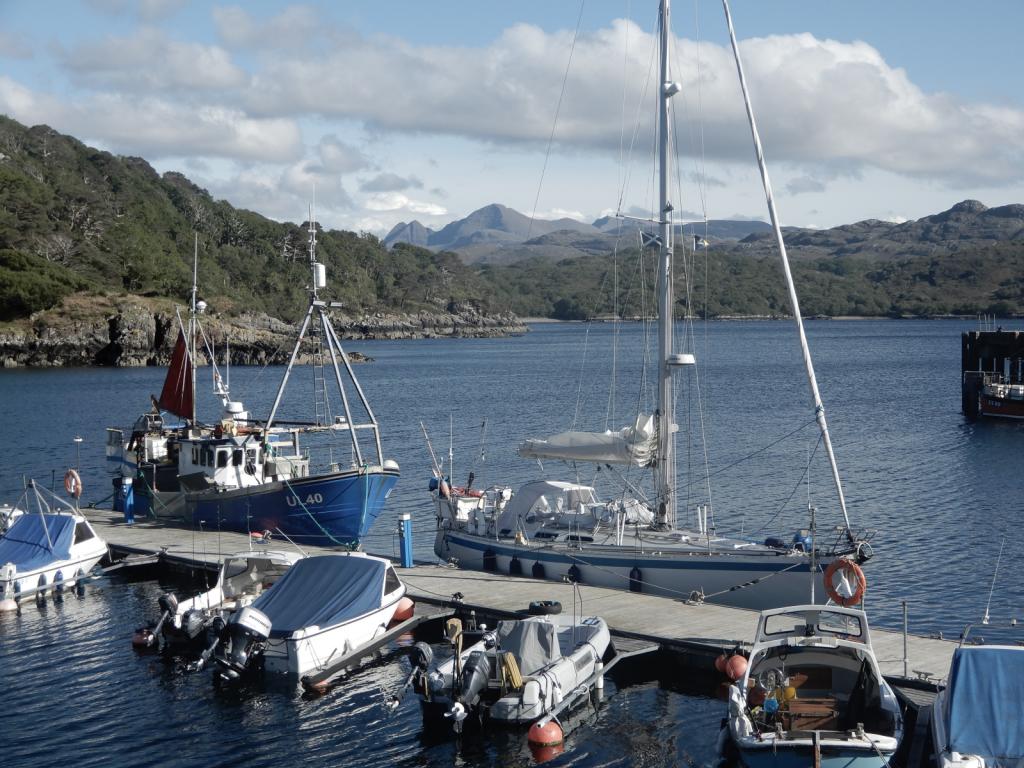 |
The Inner and Outer Hebrides, Orkney, Fair Isle, Shetland, Norway and Sweden's west coast.
1 Photo
Created 14 November 2019
|
|
Normandy, Scilly, Pembrokeshire, Ireland, Isle of Man, Northern Ireland, Inner Hebrides and the Crinan Canal.
1 Photo
Created 14 November 2018
|
Egret
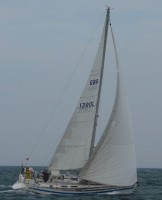
Who: Patrick & Amanda Marshall
Port: Chichester Harbour

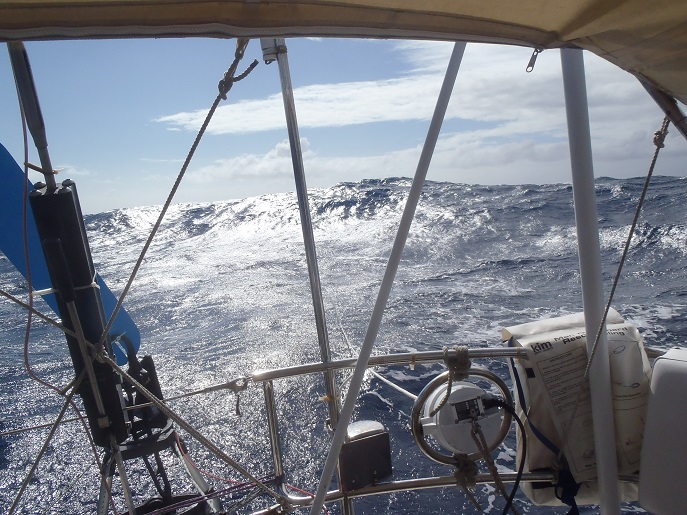
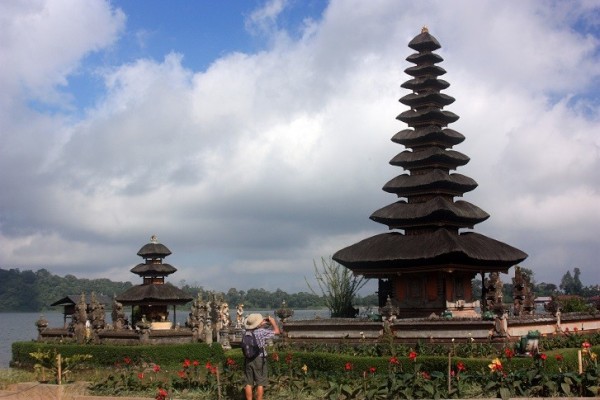
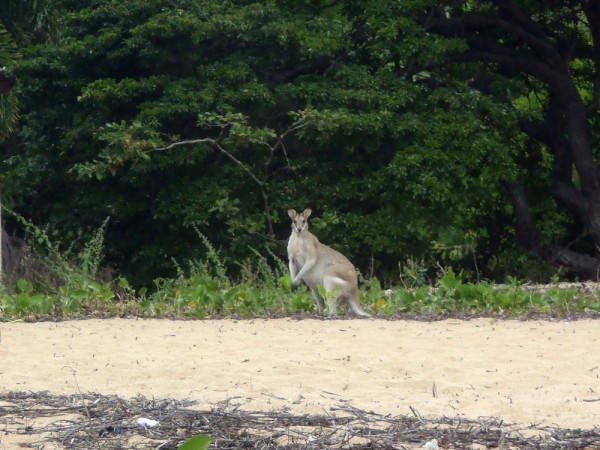
, Pentecost, Naghol (Land diving)a.jpg)
Amanda raising the Quarantine & New Zealand courtesy flagedit_edited-1 a.jpg)
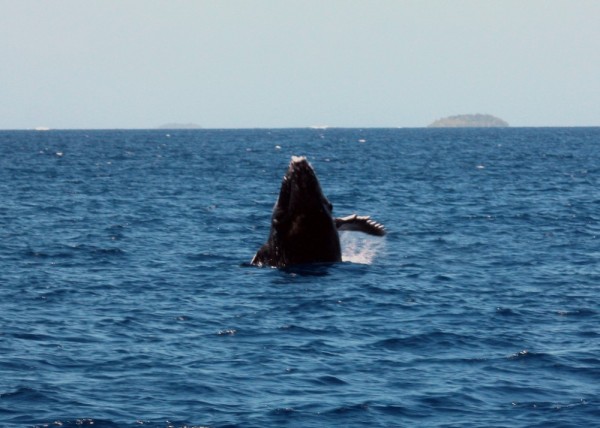
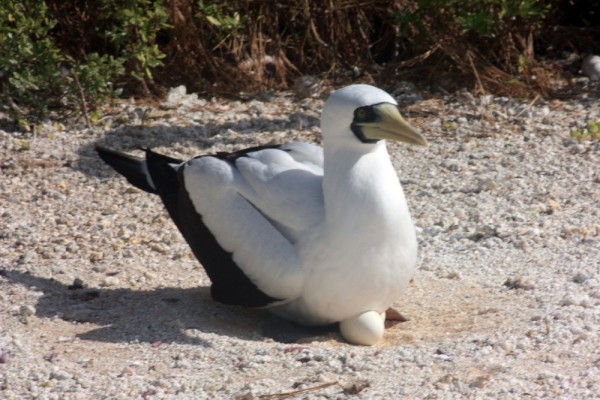
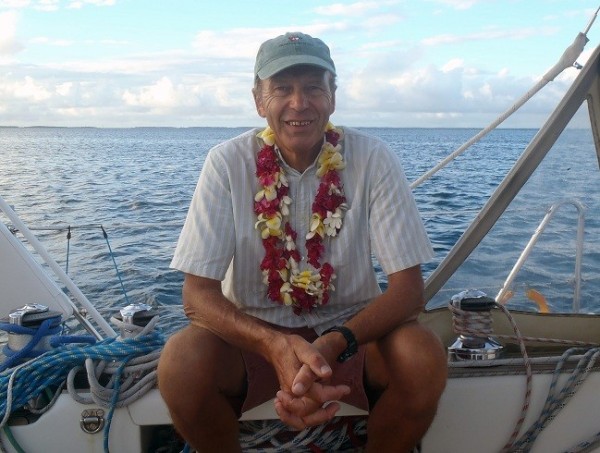
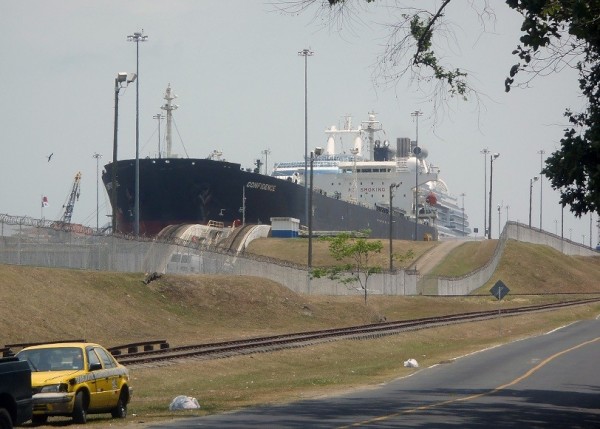
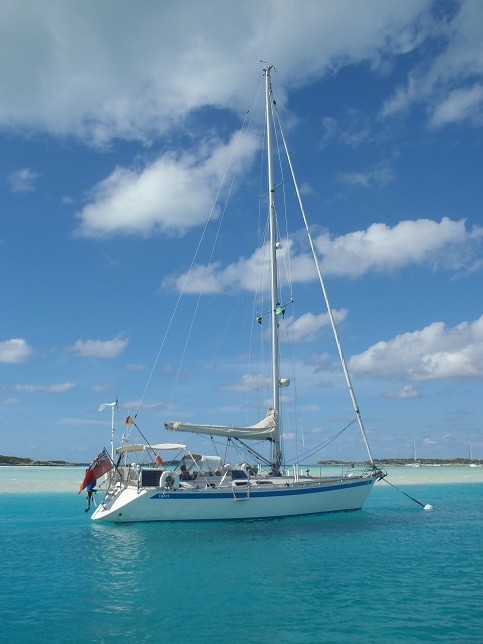
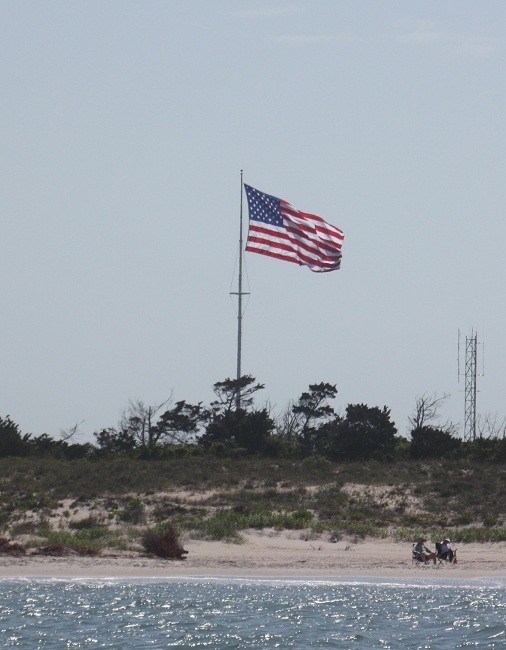
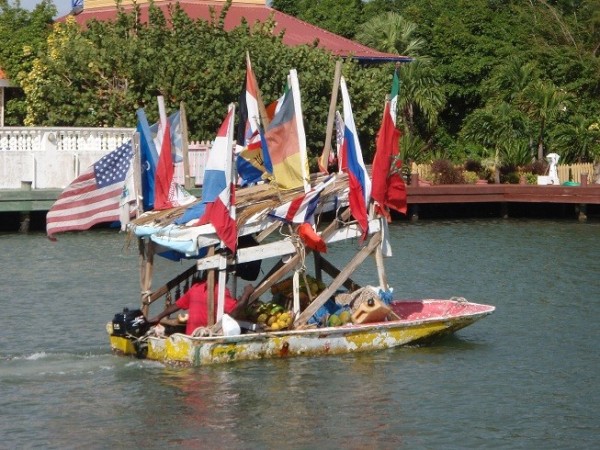
a.jpg)





